The Sunra Miku Super is an all-electric motorbike that shares many similarities with its sibling, the Sunra Robo-S. When we reviewed the electric moped, we found it to be a good value proposition for those looking to commute in and around town but there were a few limitations. So, how does the snazzier Miku Super compare?
If you’d prefer to watch a review of the Sunra Miku Super, head on over to our YouTube channel.
Sunra Miku Super price & competition
In terms of price, the Miku Super costs £3,499 (incl the £500 Plug-in Motorcycle Grant). By comparison, the Robo-S costs £3,299 (inc PiMG). Both bikes house two removable 72V 20Ah lithium batteries; combined they provide up to 65 miles (105km) and 84 miles (135km) of range, respectively. Both take four hours to charge, have a 3 kW (4 hp) rear hub motor, a top speed of 50mph (80km/h), have a two-year warranty on the bike and a three-year or 18,000 miles warranty on the batteries.
Should you want something with a little less power and range, there’s the Sunra Miku Max and the Robo (non-S). These cost £2,199 and £2,499 (incl PiMG), respectively. As for the Miku Super’s main rival, it’s the Super Soco TC, which is also available in two variants: single battery at £2,899 and dual battery at £3,399.
To ride any of the aforementioned bikes, you will need to pass your CBT, which in the UK can be done if you hold a provisional driving license or of course, one can attain an A1 license.
Read next: Sunra Robo-S review: A stylish all-electric scooter
Sunra Miku Super design & features review
In terms of its design, the Miku Super is certainly stylish. The bike has a retro-looking headlight, modern taillight and an illuminated blue logo on the side, which gives it a snazzy look. The latter suits best with the pictured blue paint colour, though, the bike is also available in black or red finish.
The bike sits on 12″ rims with 120/70 tubeless tyres both at the front and back, weighs 109kg and can take between 150-180kg of loading weight. Indeed, one can add a rear rack, box or transport a passenger. However, it is worth considering that the rear segment of the seat isn’t very accommodating and therefore will only be suitable for a child. Should an adult pillion want to hitch a ride, they might be left a little uncomfortable due to them having to sit on the metal handlebar.
Nonetheless, the entire seat area is soft and provides a cushiony feel. Thanks to the bike’s design and the placement of the batteries, which are located where the engine would be, it means the main rider won’t have any problems on longer rides. By comparison, we felt a degree of discomfort while riding the Sunra Robo-S; thankfully, that’s not the case with the Miku Super.
What will cause a problem, however, is the omission of a centre stand. It’s baffling the Chinese manufacturer has decided to ship the Miku Super without one, which results in the bike being less secure when it’s parked. Speaking of which, the side stand has an elongated design, meaning you’ll have to think twice when parking on sloped roads. Indeed, if the bike is positioned on the lower gradient of the road it’ll sit near-upright, meaning the 109kg bike is prone to being knocked over by another motorist or if there’s a strong gust of wind. A real oversight by Sunra.
Buy a phone mount on Amazon (Affiliate)
Moving onto technology, there’s a digital LCD display, which shows the remaining charge for both battery packs, a speedometer, distance and time travelled (the trip computer resets each time you switch on the bike), the mode the Miku Super is in, and the gear in operation.
Under the display resides a fingerprint sensor, which is used to switch on and off the bike and when long-pressed props open the storage compartment located in front of the main seat. You’ll need to download the Sunra app – available on both the Play Store and App Store – to register your fingerprint; without your biometrics, you won’t be able to use the fingerprint sensor for keyless riding. Of course, if you’d prefer not to register your biometrics or don’t see the point, you can use the fob or key to disable the alarm and turn on the bike, respectively.
Through the app, you can also lock the scooter, turn on the ignition, unlock the storage compartment and mute the scooter from making loud beeps. You can also adjust the sensitivity of the key fob and mobile app to correspond with how close you want to be able to unlock the bike. On the subject of the key fob, it has a lock, unlock and a power button, where the latter switches on the bike and readies it to be used.
For increased security, you’ll want to apply the steering lock, which can only be performed via the physical key. Indeed, there’s no means of applying it digitally, therefore you’ll always want to keep the key with you if you’re parking it on the street.
Elsewhere, the fingerprint sensor doesn’t work alongside the turnkey. For example, if you were to use the key to unlock the bike and switch it on, you wouldn’t be able to turn off the Miku Super by tapping on the fingerprint sensor. Likewise, if you awakened the bike via biometrics, you won’t be able to switch it off by turning the key to the off position. You’ll need to resort to the wireless remote or tap on the sensor, instead.
Another annoyance we found resides by the left handlebar, more precisely the turn signal. Here, the switch doesn’t have a press-to-cancel function, meaning you’ll have to flick the signal back to the centre position each time. Thankfully, there’s an audible and visual indicator, which reminds you to switch off your turn signal in case you’ve forgotten to turn it off.
Next to the turn signal, you’ll find a button to initiate high beam, the horn and the hazards. On the opposite side, there’s a switch to toggle the headlights, a drive mode selector, park and reverse. That’s right, the Miku Super has a reverse function, which allows you to ride backwards using the throttle – it’s limited to avoid you shooting backwards at speed.
Park mode decouples the throttle from being accidentally triggered, while the drive selector cycles between level 1, 2 and 3 power levels. This puts a cap on the bike’s top speed at 28mph, 40mph and 50mph, respectively.
What’s the point? Well, at level 1, for example, it’ll soften the accelerator, making for a slightly more economical ride and one that won’t lead you from going over the speed limit within inner-city routes. Each time you switch on the bike, however, it’ll resort back to level 2 – so you’ll need to adjust this each time you set off on a ride.
Read next: Eskuta SX-250 Series III review: The moped-looking e-bike
Sunra Miku Super storage & comfort review
Onto storage space, there’s only a small four-litre compartment located at the front. This should suffice for a few valuables and a smartphone but not much else. As a result, you’ll likely want to install a rack or a box at the back, or simply take a backpack.
Accessing the storage area is easy, you can long-press on the fingerprint sensor or fully turn the key anti-clockwise. However, closing said compartment requires a certain technique or simply quite a bit of brute force – the locking mechanism seems a bit hit and miss.
Nonetheless, within this storage area, there’s a USB Type-A port that allows you to charge a device while riding. A mounting socket by the left handlebar also makes it easy to screw on a phone holder.
As for comfort, the area underneath the seat can get a little toasty on longer rides due to all the wiring that’s housed within, though, it’s only noticeable on a hot summer’s day. Otherwise, the cushiony seat is extremely comfortable for anyone who weighs around 70kg and measures 6ft (182cm).
Read next: Raleigh Stride 2 review: A genuine second car replacement?
Sunra Miku Super performance review
What really stands out, however, is the bike’s suspension system. It’s soft enough to absorb anomalies, speed bumps and potholes, and yet firm enough to give you confidence when cornering. Indeed, the bike’s handling characteristics are engaging due to the weight of the batteries sitting towards the front – much like a petrol-powered bike. It’s far superior to the Sunra Robo-S, which has a lowered centre of gravity due to its batteries being housed within the bike’s floor. Suffice to say, if you’re looking for a fun riding experience, you’ll find it in the Miku Super.
However, despite its sportier appearance, it shares the same rear-hub motor as the Robo-S. Here, the 3 kW (4hp) motor will get you from a standstill to 20mph in 3.2s, to 30mph in 5.78s, to 40mph in 10s and to 50mph in roughly 19s – note, this is with a 70kg rider, so if you weigh more you’re likely to attain slower times, and vice-versa. While these figures might not dazzle some bikers, it’s still nippy enough when making a quick getaway off the lights.
As for top speed, the bike got up to a tested 48mph in Mode 3, which is a little shy of the manufacturer’s 50mph claim. We suspect this is due to the battery level – over 90% should yield 50mph, between 13-90% will get you around 48mph and under this, it’ll be limited to 30mph, regardless of the Mode you’re in.
Buy a phone mount on Amazon (Affiliate)
To come to a standstill, Sunra has integrated both front and rear disc brakes, which do bring the bike to an abrupt standstill if required. At the front, there’s a triple-piston hydraulic calliper with a 220mm disc, and at the rear a single-piston hydraulic calliper with a 190mm disc.
Speaking of which, there’s a degree of regenerative braking each time you apply either the front or rear brakes. Here, energy is harvested back into the battery pack in order to maximise range – a very handy feature while riding in the city as it helps prolong the ride. This feature wasn’t present in the Robo-S, so we’re glad to see it included on the Miku Super.
Sunra provides two 72V 20Ah lithium batteries, which must be used in parallel; you can’t decouple a battery like you would on the Robo-S. In terms of range, the manufacturer claims one can achieve 65 miles, but we netted around 50 miles (80km) on a single charge with some spirited riding across a mix of different roads. If you are to ride solely within the city, you should be able to achieve 55-60 miles (85.5-96.5km), while riding on the dual carriageway at 40-50mph will yield just 35-40 miles (56.3-64.3km), instead. Again, these figures are based around a 70kg rider and will vary depending on your weight.
Once you’ve run out of juice, you’ll want to recharge the bike’s batteries by using the proprietary charging port underneath the seat. This will allow you to charge both batteries simultaneously from empty to full in around 4 hours. It’s worth considering that if you plan to charge in public, the charger can be unplugged at any point meaning that someone could decouple your charger or even steal it.
As for the external power brick, it has a singular outlet only, so if you intend to remove the batteries and charge them at home or at work, you’ll need to do them independently. Further, charging them outside of the bike takes twice as long – each battery takes 4 hours from empty to full, meaning 8 hours is required in order to get a full charge across both. It’s a shame Sunra doesn’t provide a Y-splitter or even two chargers with the sale of its bike, as this could have negated said issue.
Another annoyance is that the power brick itself is very loud. We’d assimilate it to a small-sized hairdryer running constantly at a low setting. Not much of a problem if you’re charging the bike in a garage, but a real issue if you’re looking to charge the batteries at home or at work.
The removal of the batteries is no easy task, either. Each weighs around 7-9kg and needs a certain procedure to be accessed. First, you’ll need to remove the seat in order to access the isolators. Once toggled, you’ll then need to open the storage compartment at the front using your key, and then you’ll have access to the batteries, whereby the first is relatively easy to remove, while the second can be a little more tricky due to it being placed deeper within the underbelly of the bike. Nonetheless, it’s still easier to remove and install the batteries over the Robo-S, which opts for a much trickier design, instead.
Read next: Brompton Electric review (M2L): The best foldable e-bike?
TotallyEV’s verdict on the Sunra Miku Super
The Sunra Miku Super isn’t quite perfect: the omission of a centre stand and an elongated side stand is a cause for concern, the storage area is limited and hard to close, and charging the batteries outside of the bike is a finicky process.
However, that still doesn’t deter us from recommending it. It’s very comfortable and fun to ride, has a competent motor and riding range, is supremely stylish and is competitively priced. As a result, the Sunra Miku Super receives TotallyEV’s Best Buy award.
What do you make of Sunra’s electric motorcycle? Let us know in the comments section below or via social media; we’re on: YouTube, Instagram, Facebook, Twitter and LinkedIn.

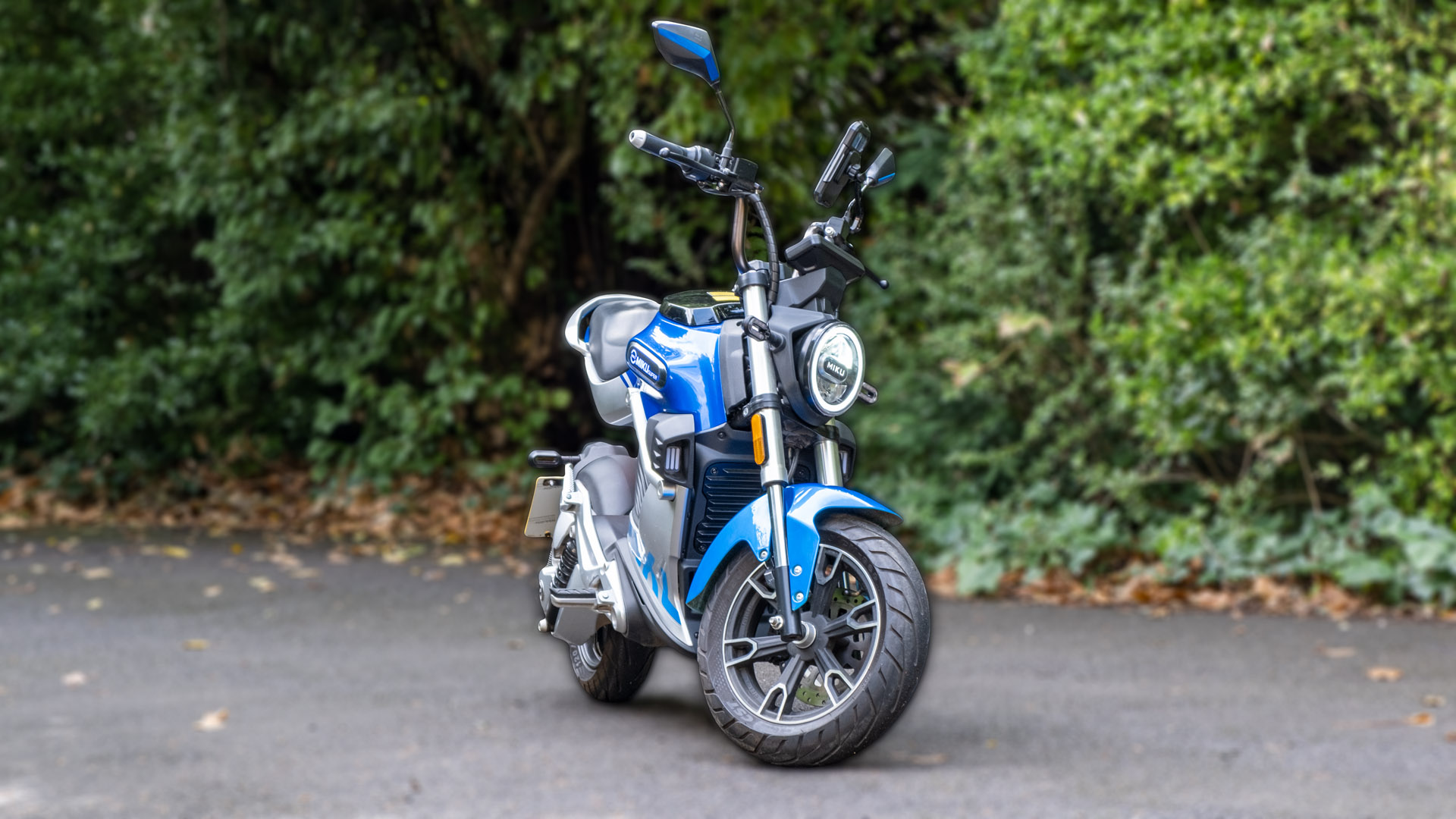
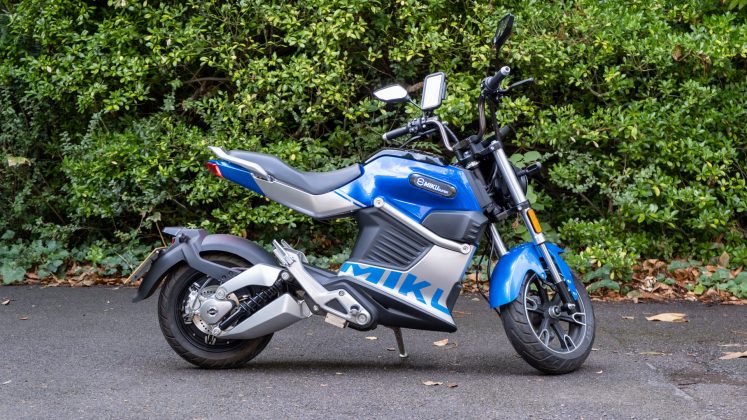
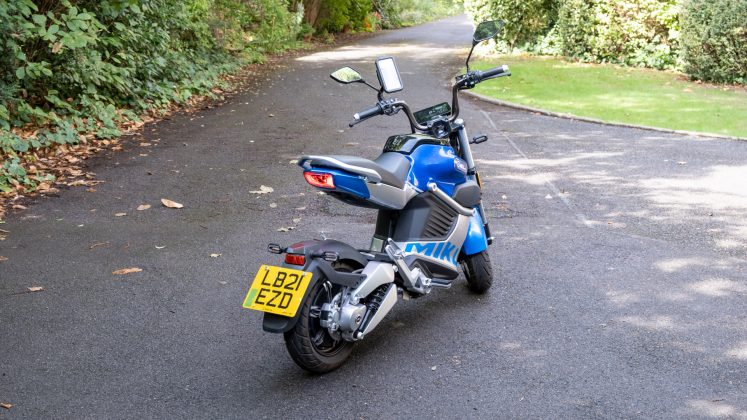
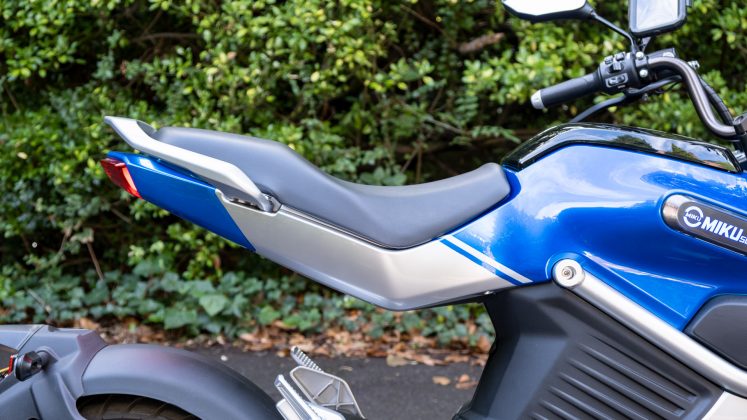
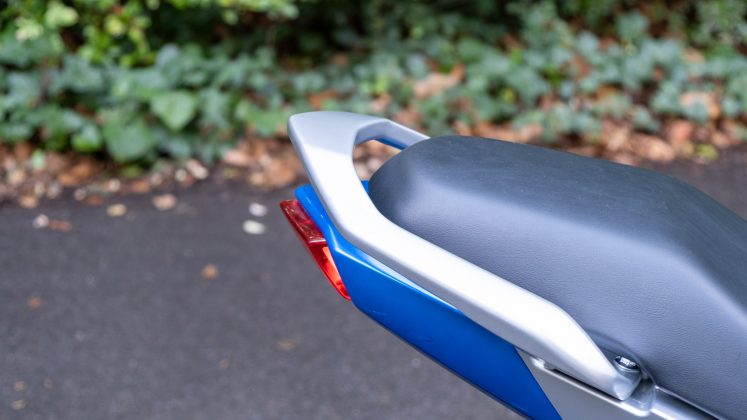
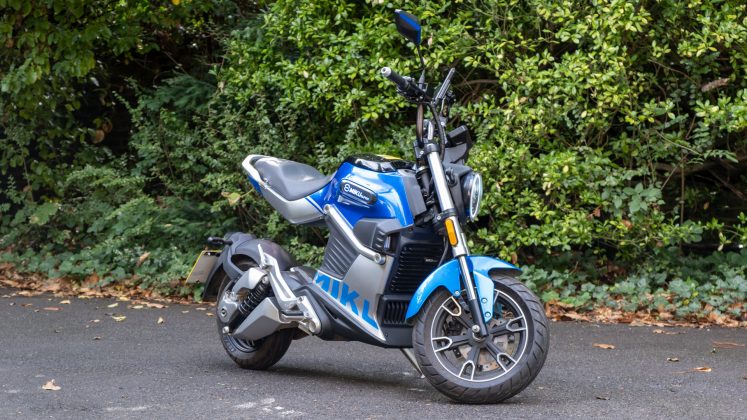
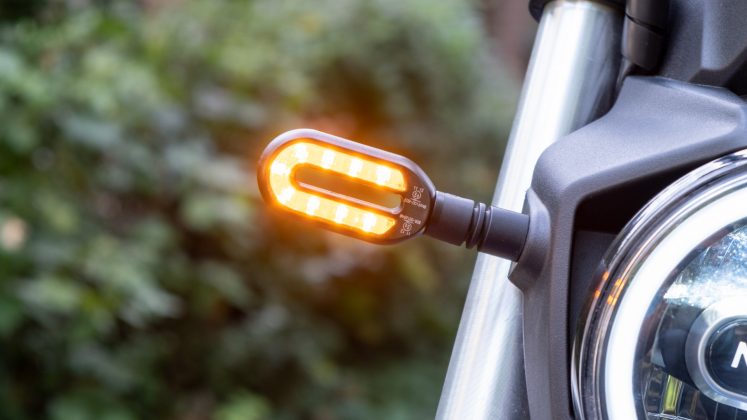
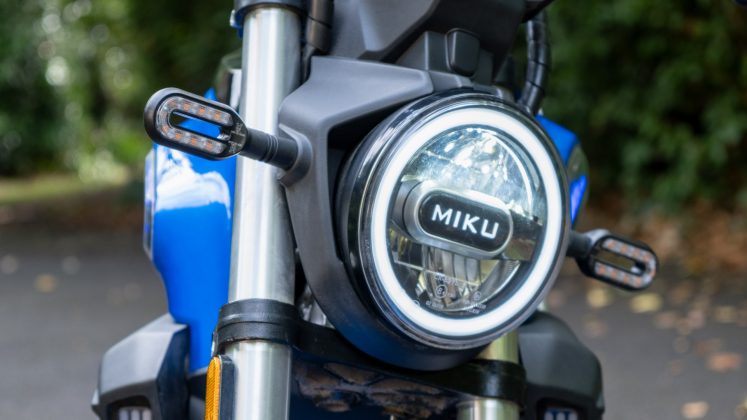

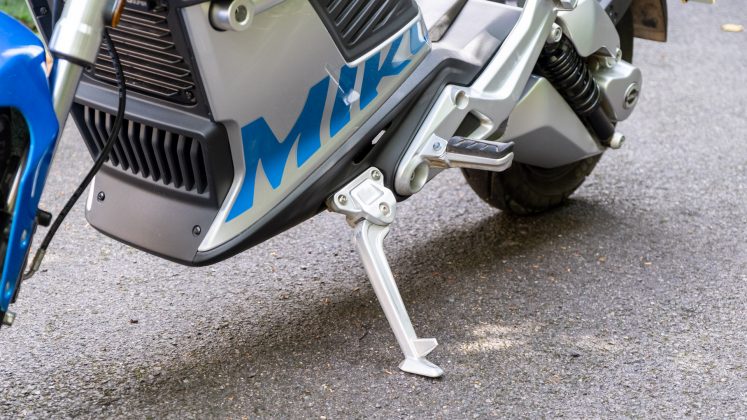
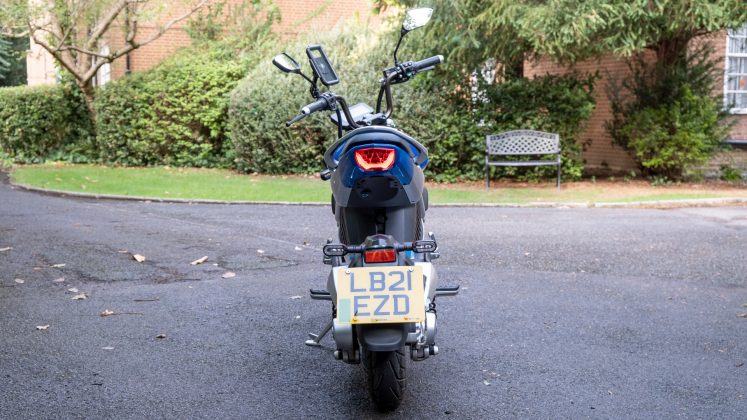
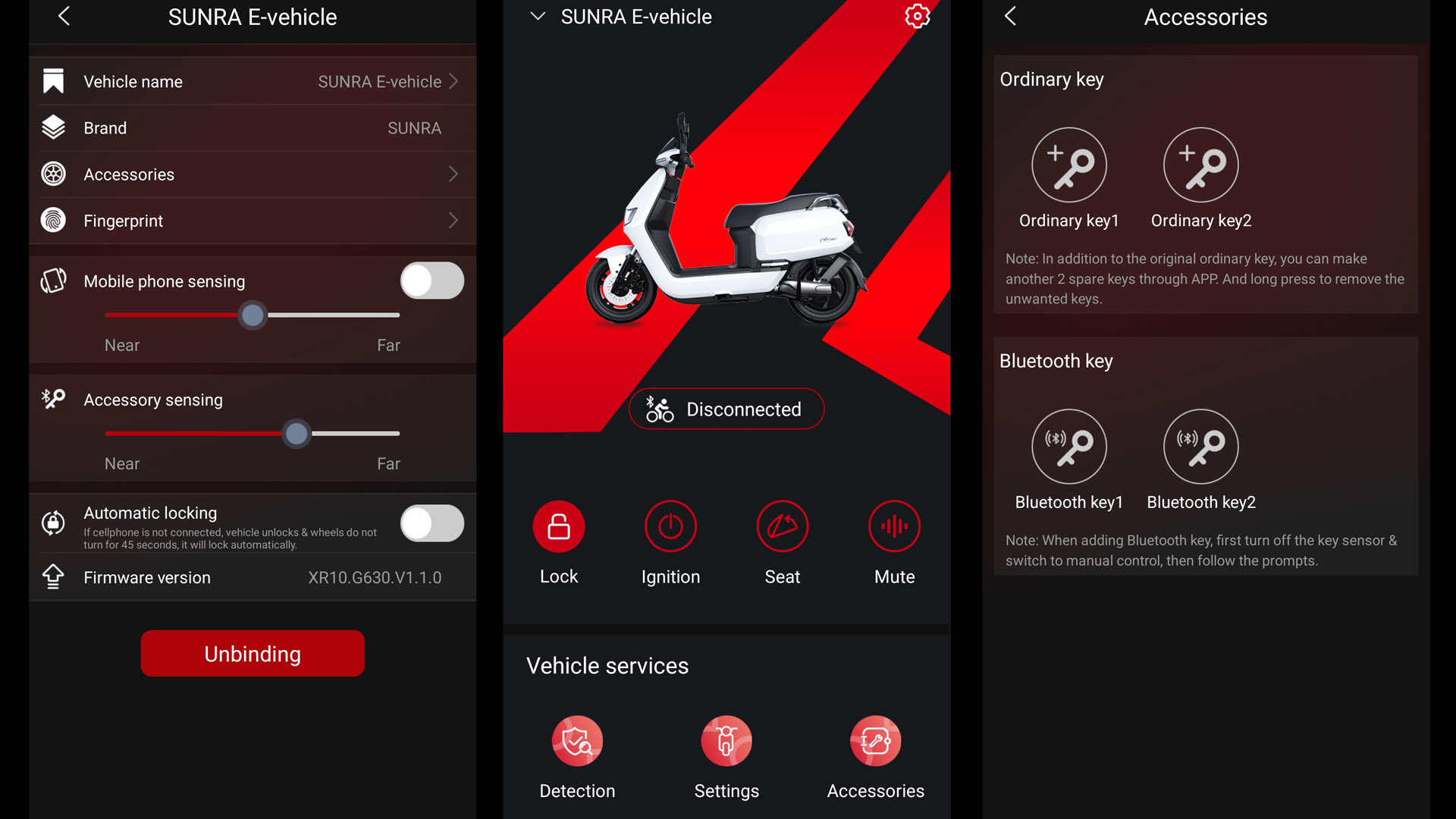
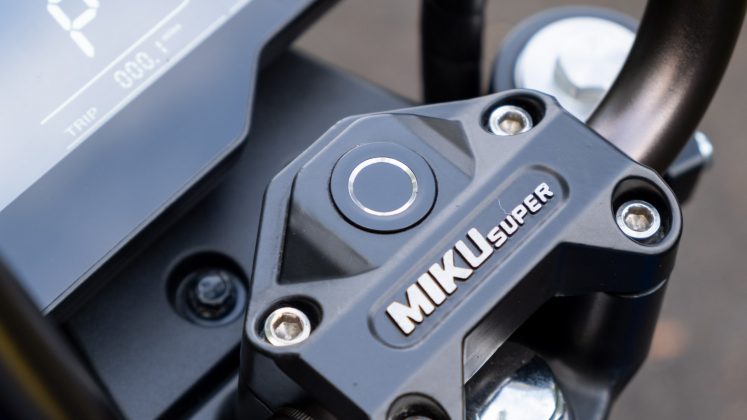
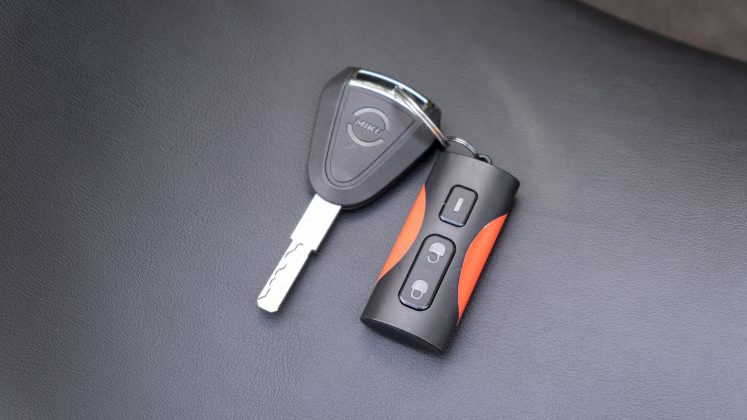
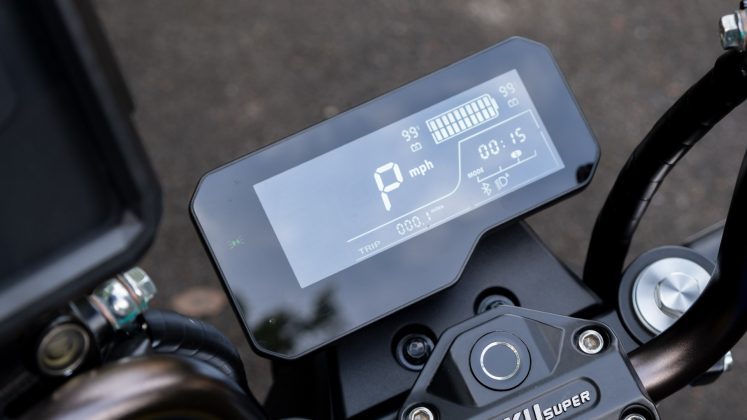
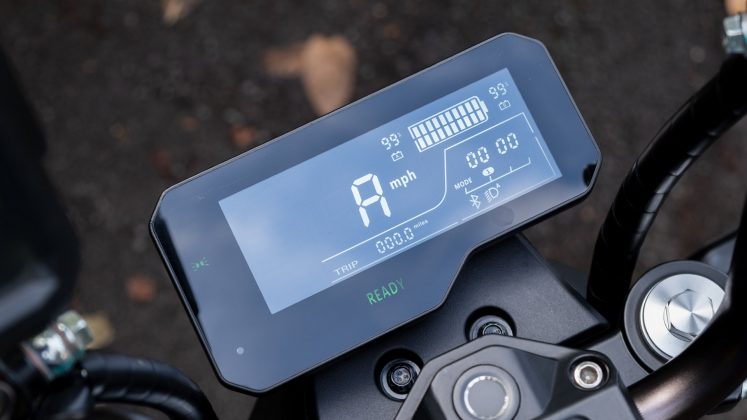
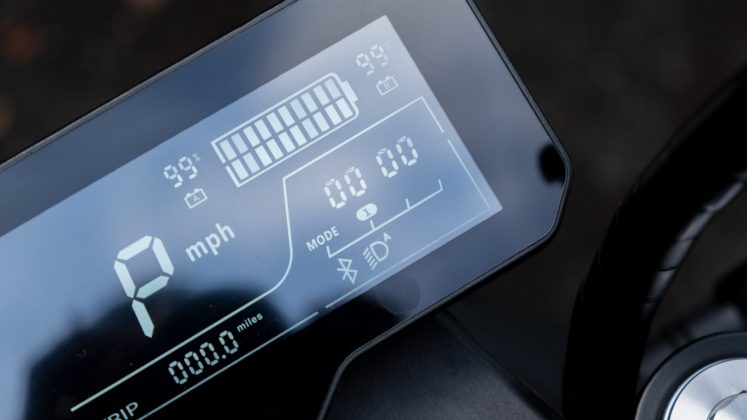
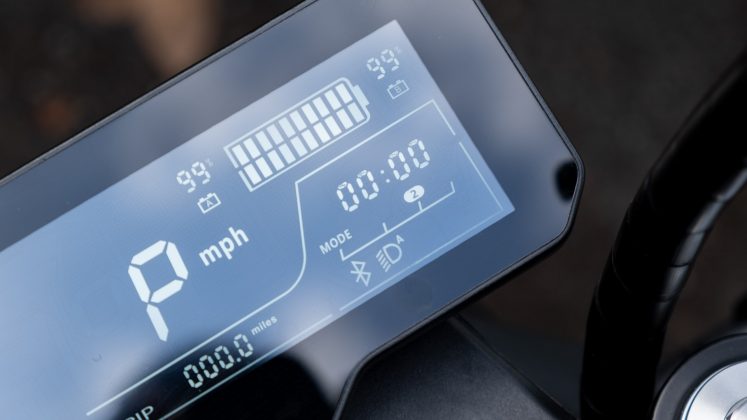
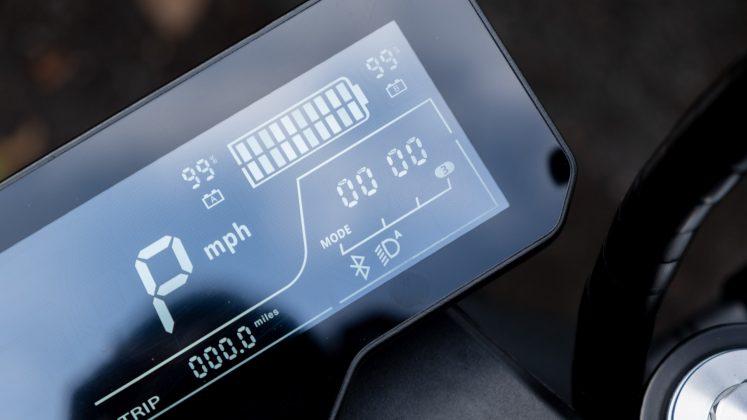
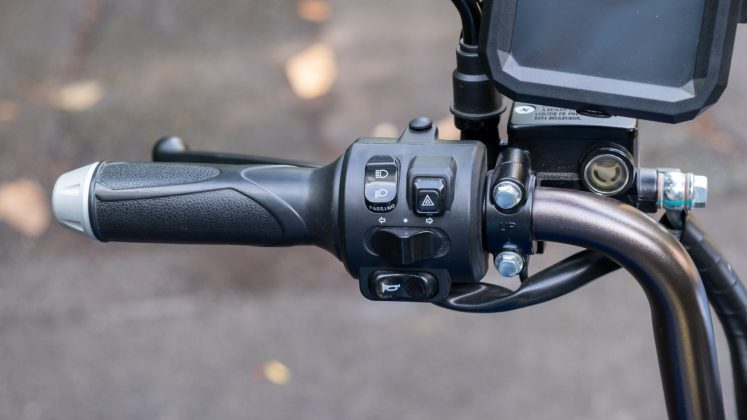
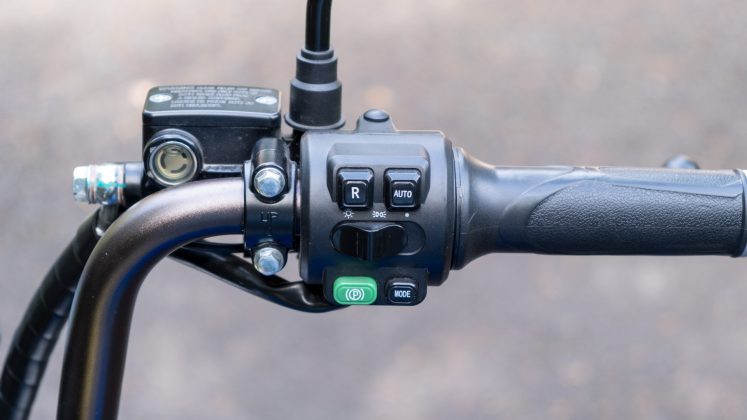
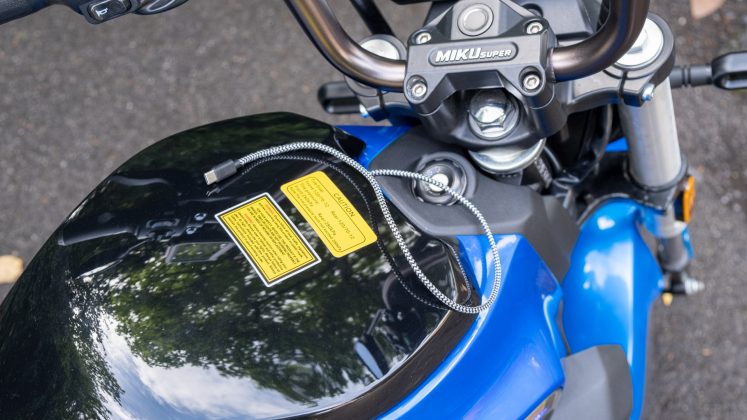
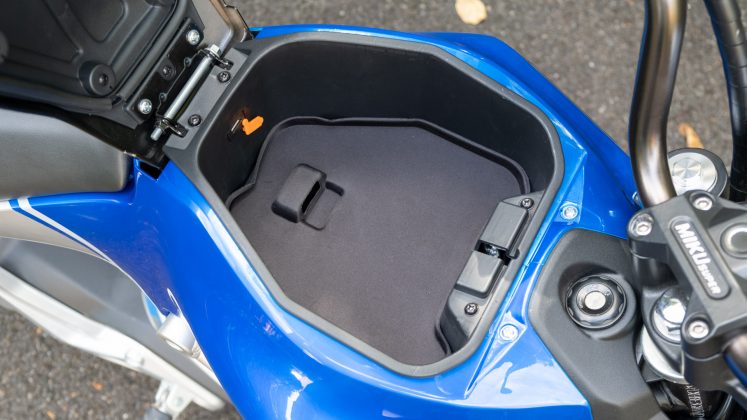
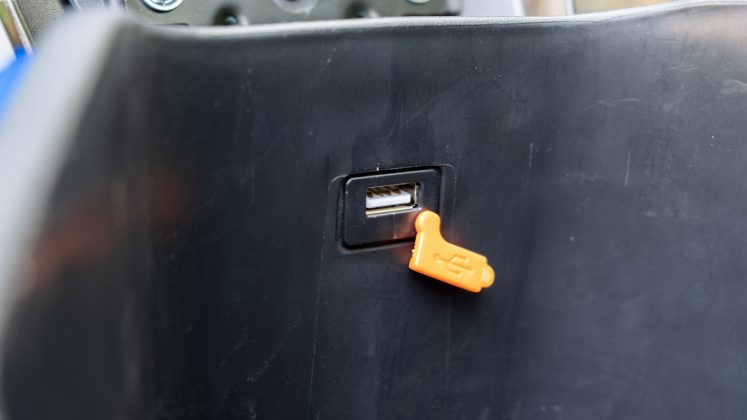
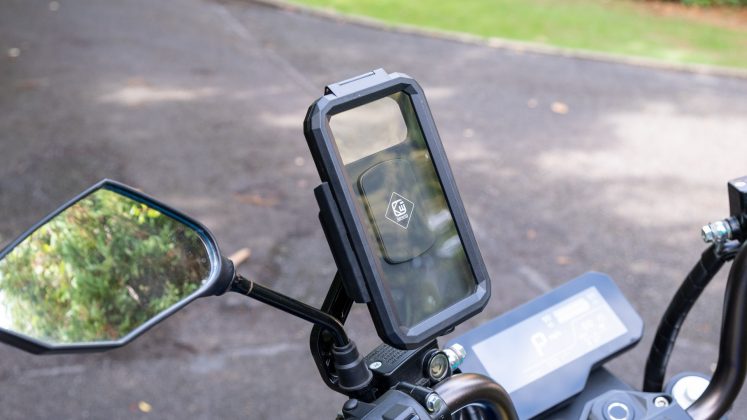
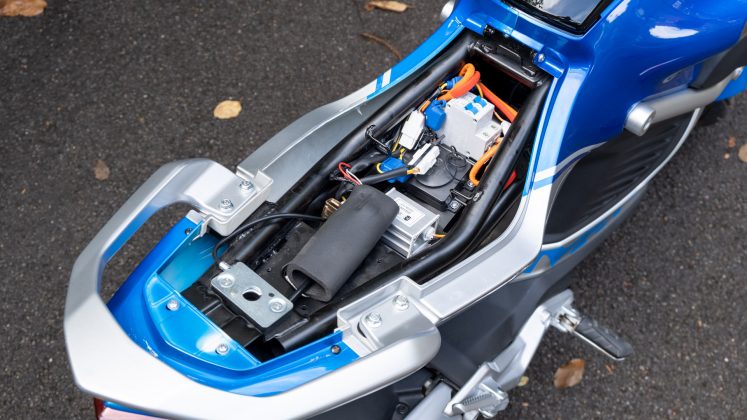
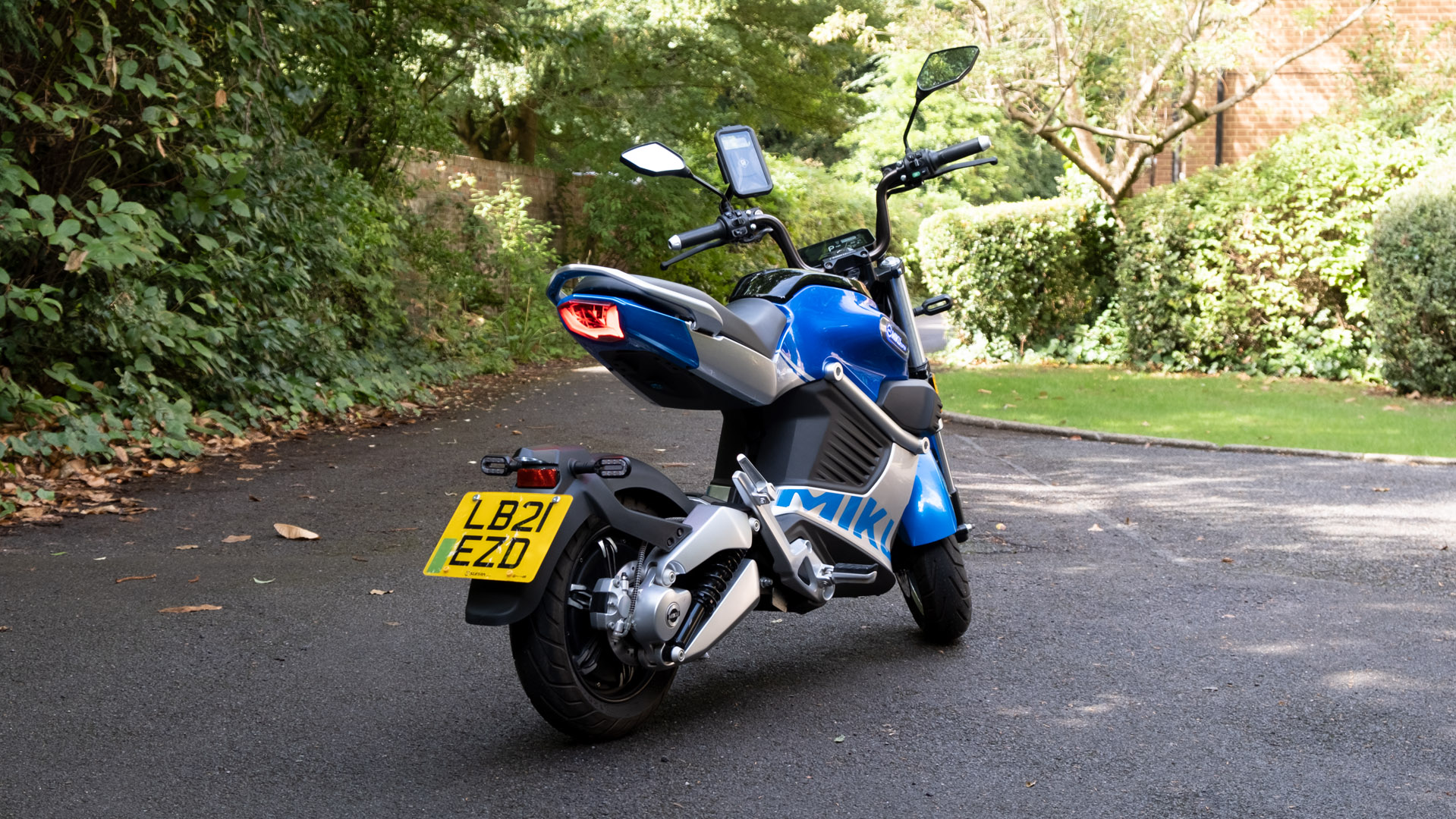
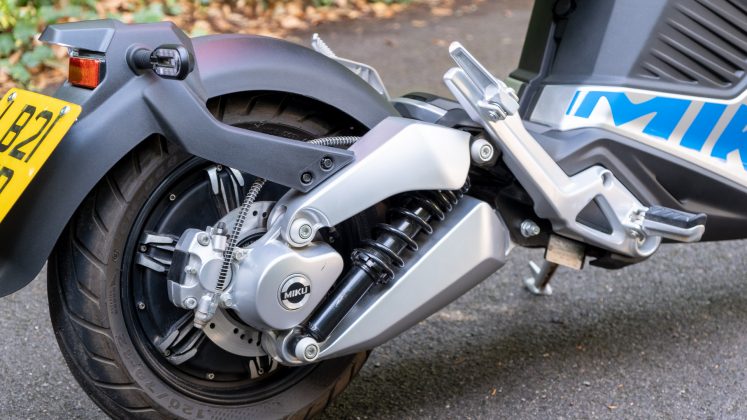
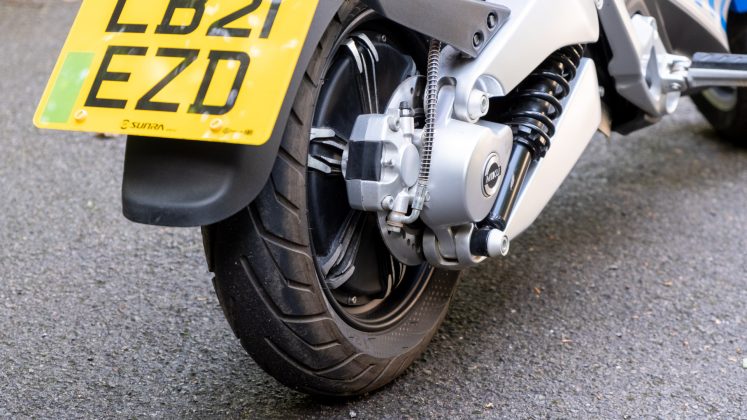
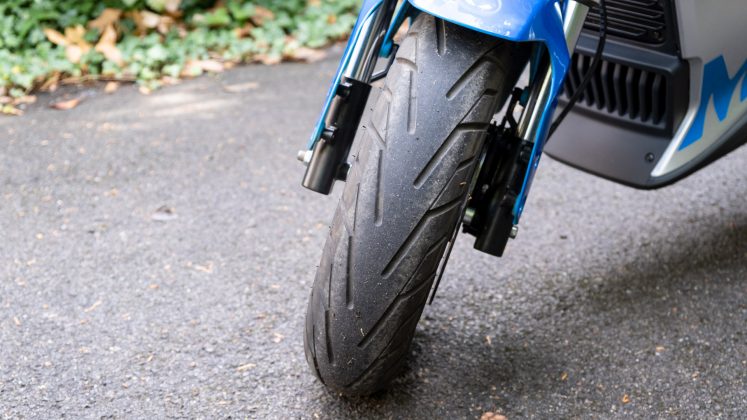
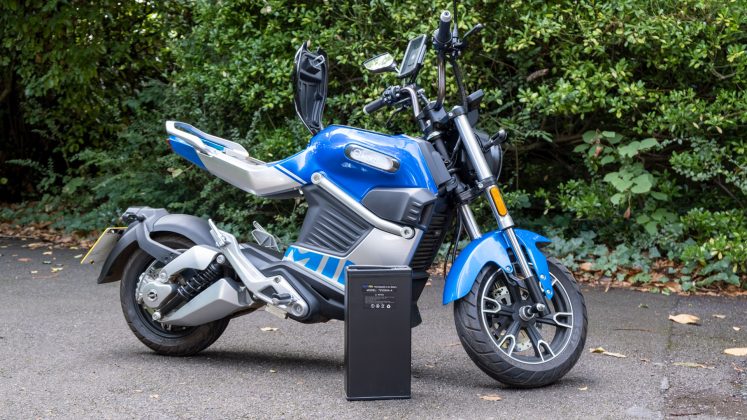
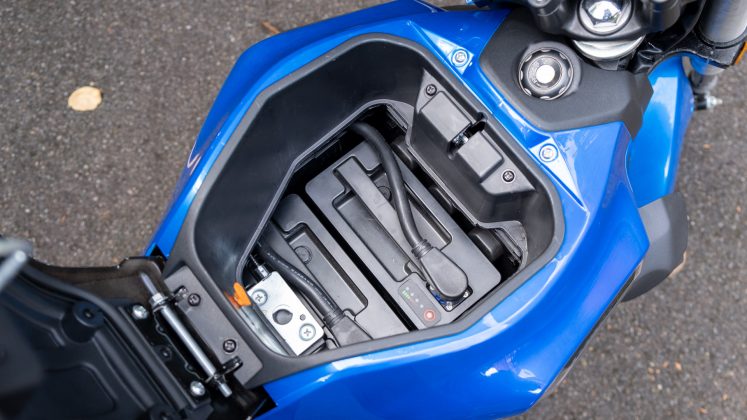
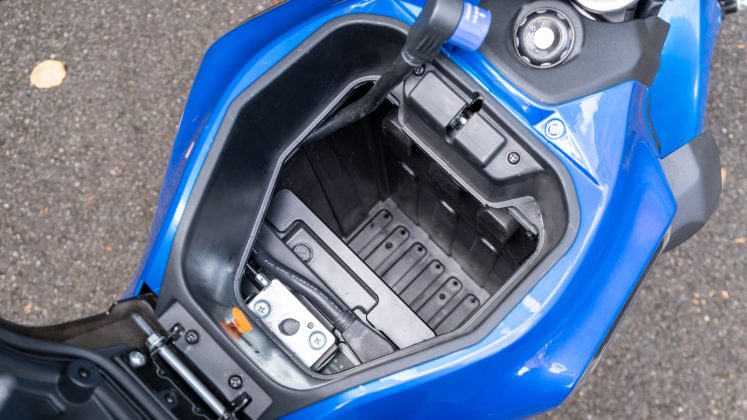
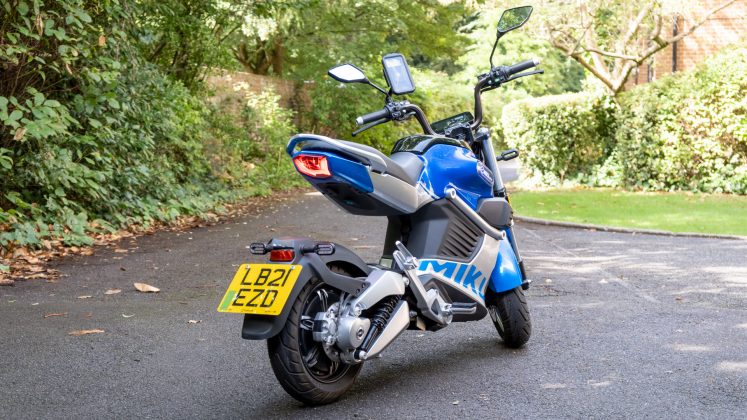
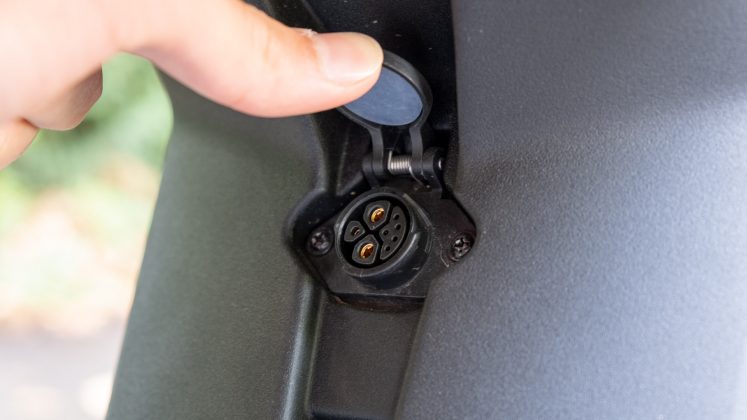
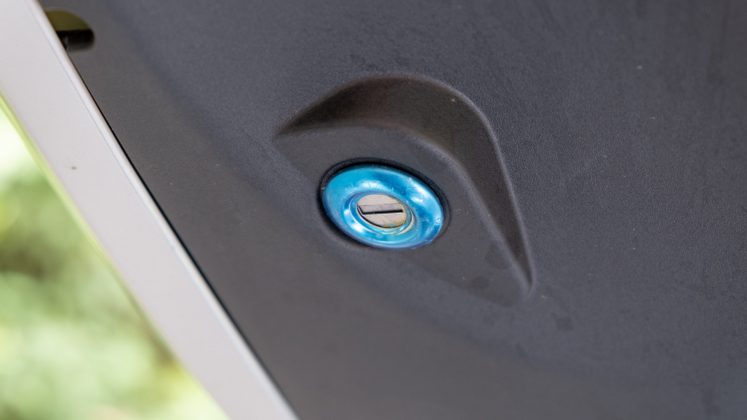
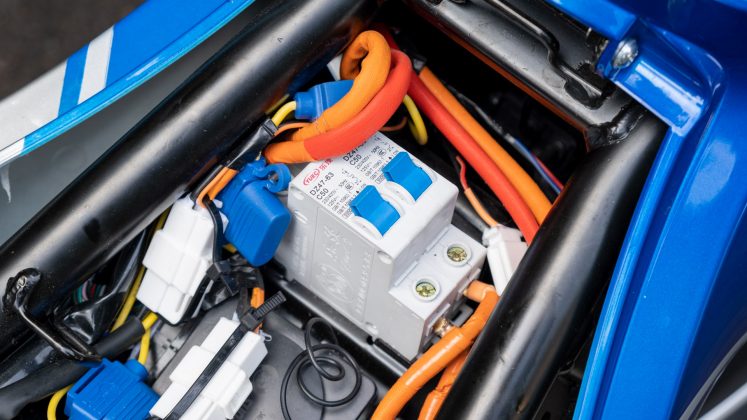
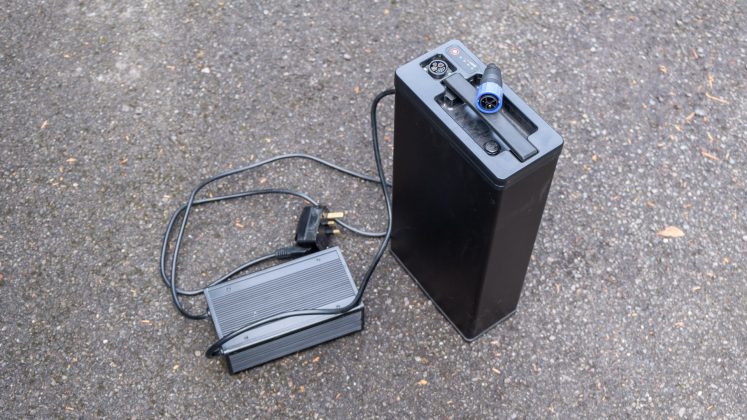
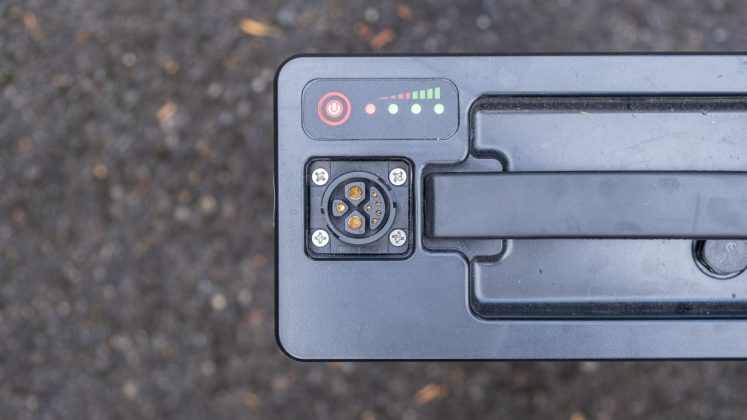
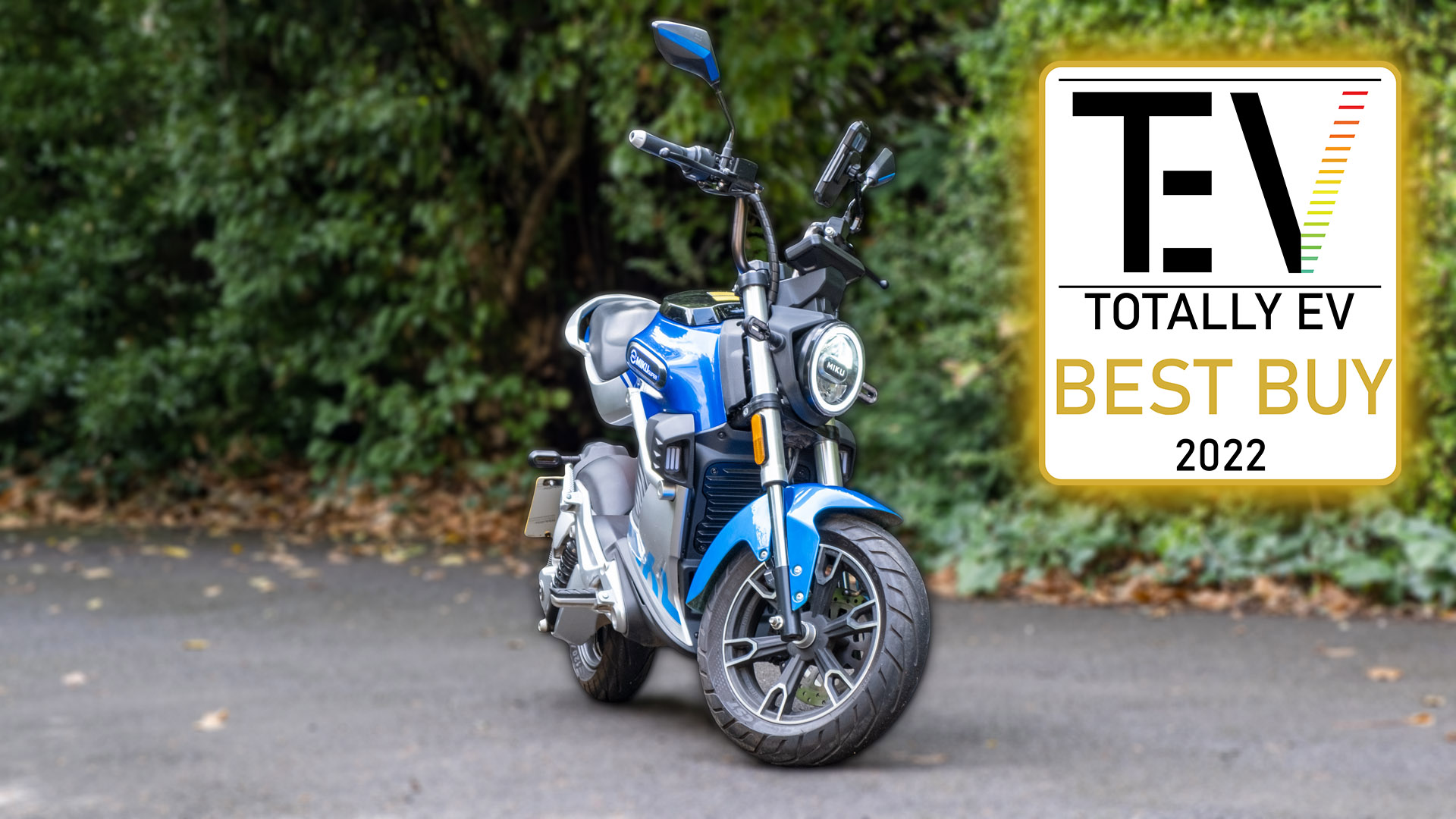


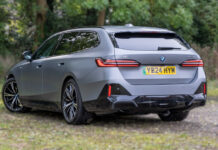

Je n’ arrive pas à trouver des plaquettes de frein avant pour sunra Miku super.pouvez vous nous aider à en trouver ? merci
Your best bet is to ask Sunra!